Pā Ropata reflects on Te Wiki o Te Reo Māori
Te Reo Māori grew out of the whenua of Aotearoa. Learning Te Reo helps us connect to the land, Papatūānuku, and understand the environment in which we live more deeply.
A long time ago I heard Canon Sam Rangiihu, the Anglican minister at Waipatu near Hastings, give this advice:
“If you wish to learn how to speak Māori, go into the bush and listen to the birds. When you stand to speak you must sound as beautiful as the birds singing in the forest."
That’s why a speaker is referred to as “He manu korero”.
Māori language and culture is the result of the interactions of the first colonies from Hawaiki with the environment of Aotearoa. The language cannot survive except within the context of the environment in which it originated. Regardless of the realities of 21st century life, that connection to the natural world must be maintained at all costs. If not, whatever culture and Reo does survive will be only a faint reflection of a time and a world that would quickly be reduced to a myth, like far distant Hawaiki, from which the tupuna long ago departed to begin the long journey which made them Māori.
Learning Te Reo is a wonderful step in addressing the effects of colonisation in this country - a process that literally stopped Māori being allowed to speak their mother-tongue. But there's something even deeper to consider than vocabulary. Te Reo Māori is the voice, literally the “reo” of the whenua., of Aotearoa. It is the song of the manu, the rustle of leaves, the tinkling of the streams, the roar of the waves, the whispering of the wind. When we learn the Reo our perspective shifts, it's a different way of thinking, a different way of looking at the world, of belonging to the world. We speak the Reo of the whenua, and we start to see ourselves as part of the whenua. We start to understand the connection of all of life.
- Pā Ropata / Rob McGowan
Te Wiki o te Reo Māori 11 - 17 Hepetema 2023

